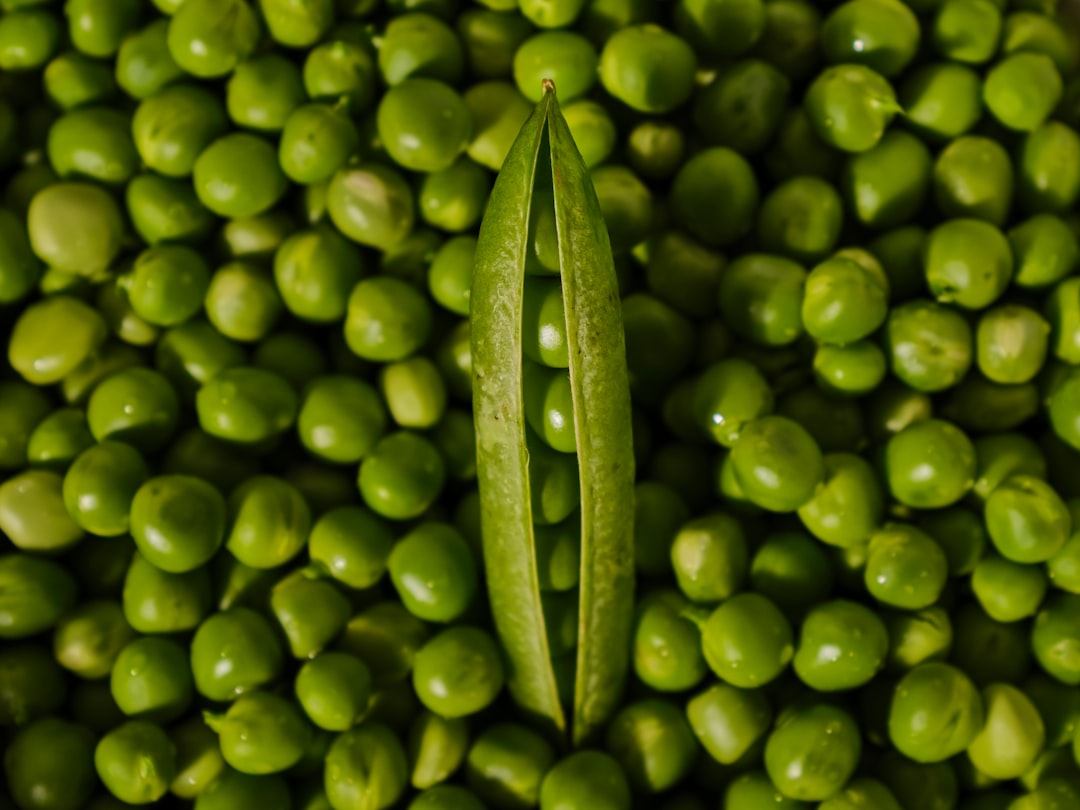Forgotten Pantry Pulses That Quiet Chronic Inflammation Better Than Berries
Chronic, low-grade inflammation quietly adds friction to daily life — stiffness, slower recovery, and less energy. Many people praise berries because of their antioxidant punch. Pulses deserve equal attention for different reasons. These pantry staples bring steady fiber, concentrated plant protein, resistant starch and a wide array of phytonutrients that support the microbiome and encourage balanced blood sugar. That balance helps lower inflammatory signaling over time. Pulses are affordable, shelf-stable and incredibly adaptable. They can be added to weeknight soups, tossed into salads, blended into spreads or sprouted to boost digestibility. Practical prep matters: soaking, rinsing canned beans, and sprouting can reduce compounds that bother some tummies while improving nutrient availability. In other words, pulses are not a replacement for berries; they’re a complementary strategy. Berries give quick antioxidant hits. Pulses support long-term gut and metabolic pathways that influence inflammation every day. We've expanded our list of forgotten or underappreciated pantry pulses — from familiar chickpeas to lupini beans — and explains how each can contribute to calmer inflammatory tone, how to prepare them for best results, and simple pairings to make them taste terrific. Use these ideas to rotate pulses into your weekly meals. Small, consistent changes — like adding a cup of lentils to a pot of soup or swapping mashed beans for some meat in a taco — add up. If you have a medical condition or take immunosuppressive medication, check with a clinician before making major dietary changes.
1. Red lentils (Masoor)

Red lentils are pantry heroes because they cook fast and blend into silky soups and dals. Their soluble fiber helps feed beneficial gut bacteria, and that fermentation produces short-chain fatty acids that support intestinal health and can help calm inflammatory signaling. They’re also a steady source of plant protein, folate and iron — nutrients that support recovery and cellular repair. For best results, rinse and pick over dried lentils, then simmer until tender; no long soak is needed. Try a quick red lentil soup with turmeric, garlic and lemon. Turmeric provides curcumin which works well when paired with a fat like olive oil to improve absorption. Because red lentils break down into a creamy texture, they’re excellent for weeknight meals when you want something nourishing and quick. If you’re watching sodium, reach for no-salt-added or rinsed canned versions. Small prep tweaks — including adding a splash of acid at the end of cooking — brighten flavors while keeping the meal gentle on digestion. These practical choices make red lentils an easy, everyday anti-inflammatory ally.
2. Brown/Green lentils (French/Le Puy style)

Green or brown lentils hold their shape after cooking, making them ideal for salads and hearty bowls. They contain resistant starch when cooked and cooled, which feeds microbes linked to reduced inflammation. That resistant starch supports steady blood sugar, and a tempered glucose response is an important part of long-term inflammation management. These lentils also offer manganese, iron and protein, helping you feel full and satisfied without spikes in appetite. Rinse before cooking and simmer gently until tender but firm. A simple green lentil salad with olive oil, lemon, chopped herbs and wilted greens is a quick way to combine anti-inflammatory fats and polyphenol-rich greens. If you’re batch-cooking, cool lentils on the counter briefly then refrigerate; use them over a few days in different dishes to add variety and consistent fiber to meals. This approach keeps the pantry practical and the plate interesting.
